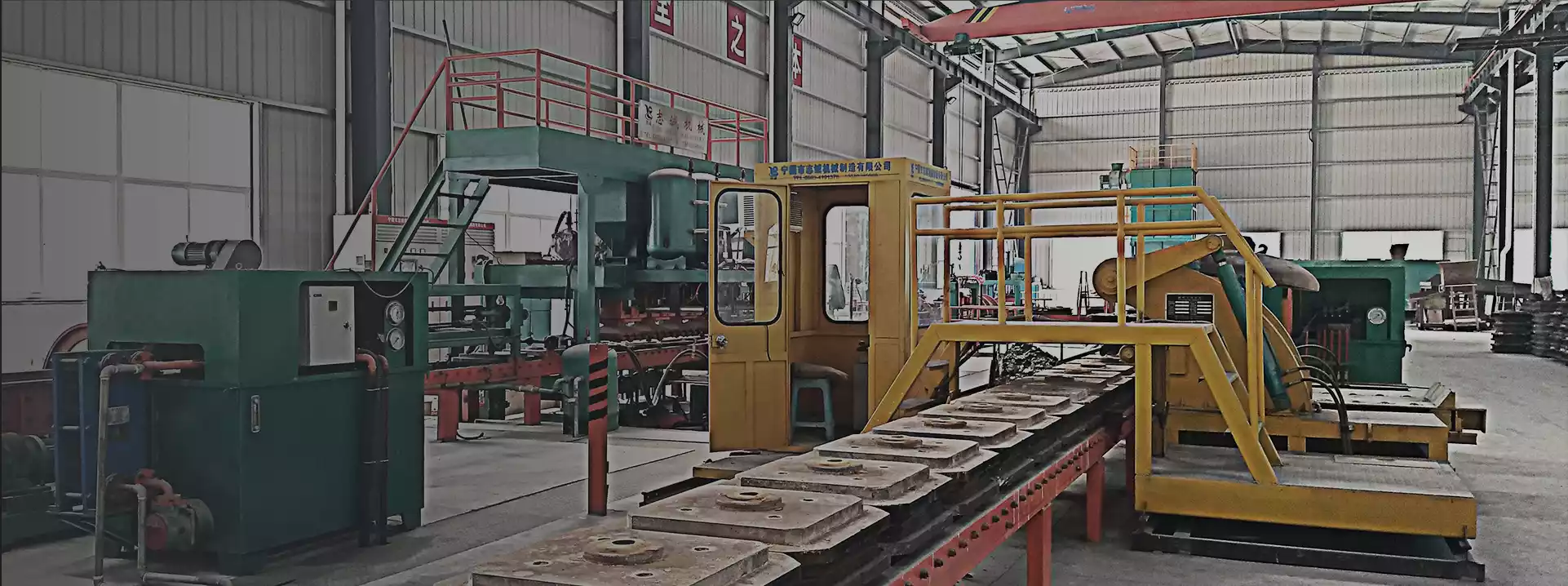Коли справа доходить до ефективної роботи кульового млина, особливо при переробці мінеральних речовин і подрібненні матеріалів, одним з критичних факторів, який часто не враховується, є щільність мелющого середовища. У цій статті розглядається значення щільності подрібнювального середовища, її вплив на продуктивність помелу та як вона впливає на загальну ефективність процесу подрібнення.
Що таке шліфувальні середовища?
Подрібнювальні речовини стосуються матеріалів, які використовуються для подрібнення речовин у a кульовий млин. Вони можуть бути виготовлені з різних матеріалів, включаючи сталь, кераміку або навіть скло. Від вибору мелючого середовища залежить не тільки ефективність процесу помелу, але і якість кінцевого продукту.
Щільність мелу
Щільність мелющого середовища визначається як маса середовища на одиницю об’єму, зазвичай виражена в грамах на кубічний сантиметр (г/см³) або кілограмах на кубічний метр (кг/м³). Щільність змінюється в залежності від матеріалу, який використовується для мелючого середовища:
Сталеві кульки: Зазвичай мають щільність від 7,5 до 8,0 г/см³.
Керамічні кулі: Зазвичай мають нижчу щільність, приблизно від 3,5 до 4,0 г/см³.
Скляні кулі: Зазвичай падає від 2,5 до 3,0 г/см³.
Вибір правильної щільності має вирішальне значення, оскільки це безпосередньо впливає на ефективність помелу та енергоспоживання кульового млина.
Важливість щільності мелющого середовища
Енергія удару: Щільність мелющого середовища впливає на енергію удару під час процесу помелу. Щільніше середовище може чинити більшу силу на матеріал, що подрібнюється, що призводить до ефективнішого зменшення розміру частинок.
Коефіцієнт наповнення: Щільність впливає на коефіцієнт наповнення кульовий млин. Більш висока щільність забезпечує більший об’єм середовища в млині, що може покращити процес подрібнення за рахунок збільшення кількості зіткнень між подрібнюючим середовищем і матеріалом.
Показники зносу: Різні щільності впливають на швидкість зносу як мелючого середовища, так і самого млина. Щільніше середовище може призвести до збільшення зносу футеровки млина, тоді як легше середовище може зменшити знос, але потребує довшого часу подрібнення.
Характеристики матеріалу: Щільність носія також повинна відповідати характеристикам матеріалу, що обробляється. Наприклад, під час подрібнення твердіших матеріалів для досягнення бажаних результатів може знадобитися більш щільне середовище.
Оптимізація щільності шліфувального середовища
Щоб оптимізувати продуктивність a кульовий млин, дуже важливо вибрати відповідну щільність мелючого середовища на основі кількох факторів:
Тип матеріалу: Враховуйте твердість і абразивність матеріалу, що обробляється. Більш тверді матеріали часто потребують більш щільних носіїв.
Бажаний розмір частинок: Якщо потрібен більш дрібний розмір частинок, вища щільність може підвищити ефективність.
Дизайн млина: Зрозумійте конкретну конструкцію та робочі параметри кульового млина, такі як швидкість обертання та рівень наповнення, щоб визначити оптимальну щільність середовища.
Економічна ефективність: хоча більш щільні носії можуть забезпечити кращу продуктивність, вони часто мають вищу вартість. Збалансування ефективності та бюджетних обмежень має вирішальне значення.
Висновок
Щільність мелючого середовища в кульовому млині є життєво важливим параметром, який суттєво впливає на ефективність і результативність процесу помелу. Розуміючи наслідки різної щільності та оптимізуючи вибір середовища відповідно до конкретних потреб шліфувальної програми, оператори можуть підвищити продуктивність, зменшити споживання енергії та досягти найвищої якості продукту. У переробці мінеральної сировини чи в інших сферах застосування ретельний аналіз щільності мелючого середовища є ключем до успішних операцій подрібнення.

